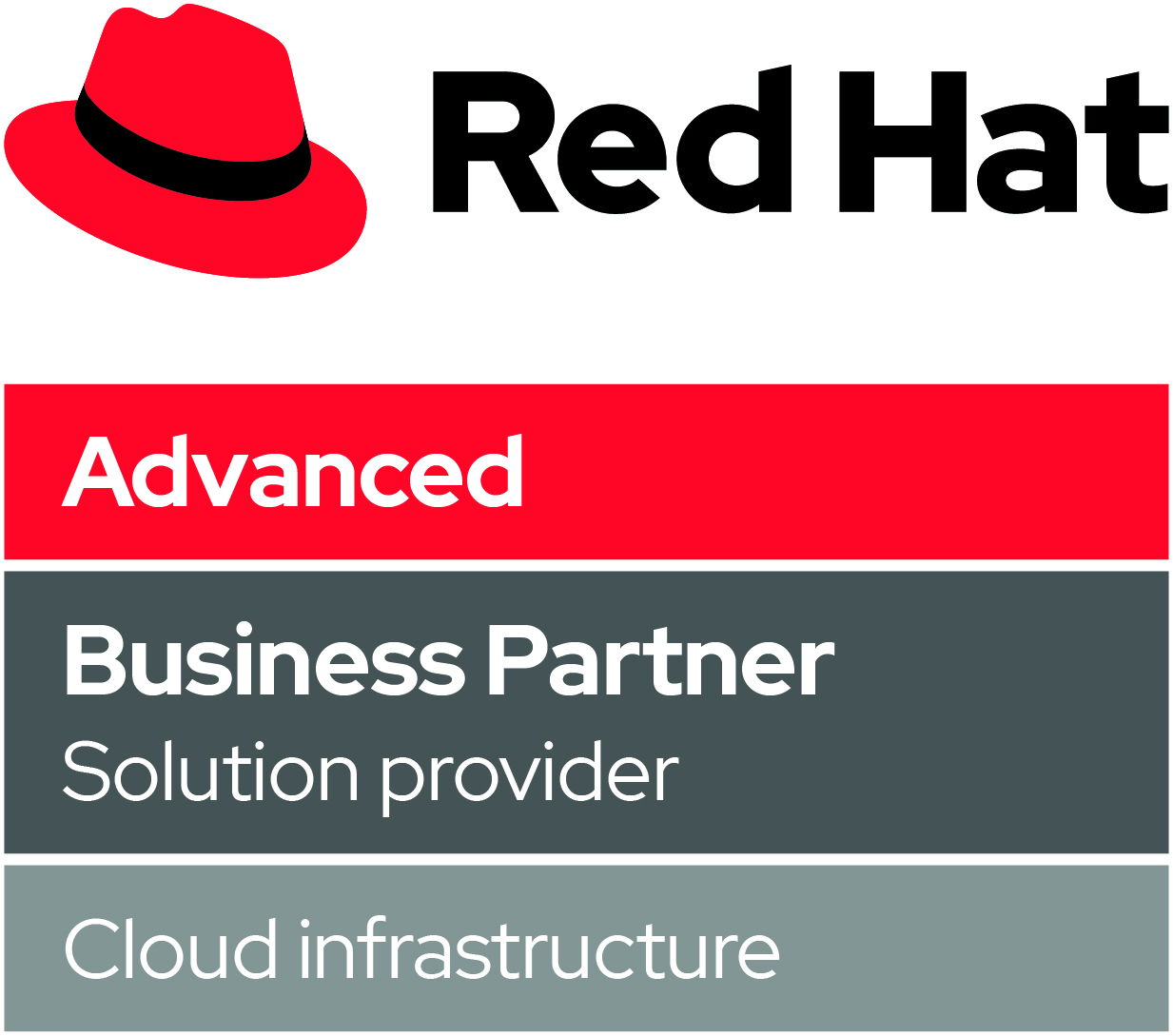Digital transformation is the process of using new technologies to fundamentally change the way a business operates. This can involve everything from adopting new software tools and platforms to overhauling entire business models.
But why is digital transformation such a big deal? Well, in today’s fast-paced world, businesses that don’t embrace digital transformation risk getting left behind. Customers are increasingly tech-savvy and demand quick, easy access to products and services. Companies that can’t deliver on these expectations may struggle to compete.
Plus, new technologies are constantly emerging that have the potential to disrupt entire industries. Think about how Uber changed the taxi industry or how Netflix disrupted the way we watch TV. By embracing digital transformation, businesses can stay ahead of the curve and be better positioned to take advantage of new opportunities as they arise.
But what does it take to truly transform a business and succeed in the digital age? In this article, we’ll explore three key concepts that are integral to digital transformation: product centric ways of working, Agile delivery, and cloud computing.
We’ll discuss what each of these concepts means, how they complement each other, and why they’re critical for businesses looking to stay ahead of the curve. So, buckle up and let’s dive in!
Product Centric ways of working
Product centric ways of working are all about putting the customer first. It’s an approach that involves building products and services that are designed to meet the needs of specific customer segments. In other words, instead of trying to push a product onto the market, businesses using a product centric approach take the time to really understand what their customers want and build products that address those needs.
 So how does this differ from traditional approaches? Well, traditional approaches often prioritise internal processes and efficiencies over customer needs. The focus is on building something that the company thinks is valuable, rather than something that the customer actually wants. This can lead to a disconnect between the business and its customers, and ultimately, a lack of success in the marketplace.
So how does this differ from traditional approaches? Well, traditional approaches often prioritise internal processes and efficiencies over customer needs. The focus is on building something that the company thinks is valuable, rather than something that the customer actually wants. This can lead to a disconnect between the business and its customers, and ultimately, a lack of success in the marketplace.
By contrast, a product centric approach is all about building products that are valuable and relevant to the customer. It involves continuous feedback and iteration, so that the product is constantly evolving to meet the customer’s changing needs, and organising teams around a specific product or service, rather than around functional departments like marketing or engineering. This means that everyone on the team is working towards a common goal, with a shared understanding of what success looks like for that product.
What are the benefits of product centric ways of working?
Customer Obsession – By taking the time to truly understand what your customers want and need, businesses can create products that are not only useful but also have a high level of customer satisfaction. This can lead to greater customer loyalty, higher retention rates, and ultimately, increased revenue.
Faster Decision Making – Because the focus is on the customer, teams are empowered to make decisions quickly and independently. This means that businesses can respond to customer feedback and changing market conditions more rapidly, leading to greater agility and adaptability.
Collaboration & Creativity – By bringing together diverse teams with different skill sets and perspectives, businesses can tap into a wide range of ideas and perspectives. This can lead to more innovative and effective products, as well as a more engaged and motivated workforce.
So who has taken this approach?
Apple – From the iPod to the iPhone, Apple has consistently delivered products that have changed the way we interact with technology, focussing on delivering innovative and high-quality products that meet the needs of its customers.
Amazon – Constantly innovating and improving its products and services to meet the evolving needs of its customers. This has helped the company become one of the largest and most successful e-commerce businesses in the world.
Spotify – Disrupted an entire industry by focusing on delivering a seamless and personalized music streaming experience to become one of the most popular music platforms in the world.
Okay so I understand how we can build products that meet customer needs, but how do we deliver them quickly and iteratively?
The answers is Agile Delivery – a project management approach that emphasises flexibility, collaboration, and rapid iteration. It’s a critical component of digital transformation because it allows businesses to quickly adapt to changing market conditions and customer needs.
I’m more used to waterfall delivery, how does Agile differ?
Sequential vs. iterative – Waterfall is a sequential approach, where each phase of the project is completed before moving on to the next. Agile, is an iterative approach, where each phase of the project is broken down into smaller, more manageable chunks that are completed in an iterative and collaborative way.
Predictive vs. adaptive – Waterfall is a predictive approach, where the project scope, timeline, and budget are defined upfront and adhered to throughout the project. Agile is an adaptive approach, where the scope, timeline, and budget can be adjusted based on feedback from customers and stakeholders.
Documentation vs. communication – Waterfall relies heavily on documentation, with each phase of the project documented thoroughly before moving on to the next. Agile, emphasises communication, with teams working collaboratively and sharing information throughout the project.
Fixed vs. flexible – Waterfall is a fixed approach, where changes to the project scope, timeline, or budget can be difficult to implement once the project has started. Agile is a flexible approach, where changes can be made easily throughout the project based on customer and stakeholder feedback.
Agile delivery
Agile delivery allows businesses to break down large projects into smaller, more manageable chunks, and deliver them in an iterative and collaborative way. By doing so, businesses can get feedback from customers and stakeholders early and often, and make adjustments along the way. This helps to ensure that the final product meets the needs of the customer, and is delivered on time and within budget.
So Agile delivery is about rapidly delivering products, but what are the other benefits?
Increased flexibility – Agile delivery allows businesses to adapt to changing market conditions and customer needs quickly allowing businesses to pivot their approach if needed, without derailing the entire project.
Faster time-to-market – Because Agile delivery emphasises rapid iteration and collaboration, businesses can get products to market faster. This can be a significant competitive advantage, particularly in industries where speed is critical.
 Greater collaboration – Agile delivery promotes collaboration and transparency within teams, which can lead to more innovative and effective solutions. By breaking down silos and encouraging cross-functional collaboration, businesses can tap into a wider range of perspectives and ideas.
Greater collaboration – Agile delivery promotes collaboration and transparency within teams, which can lead to more innovative and effective solutions. By breaking down silos and encouraging cross-functional collaboration, businesses can tap into a wider range of perspectives and ideas.
Improved quality – By getting feedback from customers and stakeholders early and often, businesses can ensure that the final product meets the needs of the customer. This can help to reduce the risk of costly errors and rework down the line.
So who currently practices this approach to delivery?
Well…almost everyone…
According to the 2021 State of Agile Report, 95% of organisations surveyed reported using Agile delivery in some form. Whereas a survey conducted by VersionOne found that 87% of respondents said their organisation had adopted Agile delivery in some form.
Crucially, a study by McKinsey & Company found that organisations that adopted Agile delivery saw a 60% increase in project success rates, compared to organisations that did not.
We’ve covered the delivery aspect of digital transformation, what about the underlying technologies?
Well, it all starts with the cloud. When it comes to running flexible workloads, with by the second pricing – the likes of Microsoft, Amazon, and Google cannot be beaten for value for money, innovative services, and ease of use.
A report by Gartner highlighted that the worldwide public cloud services market grew by 18.4% in 2021, reaching a total value of $304.9 billion, and a study by Deloitte found that 90% of businesses surveyed are planning to increase their cloud spending over the next year.
Cloud Computing
By leveraging cloud-based tools and infrastructure, teams can work collaboratively on products and projects from anywhere, at any time, using shared resources that are scalable and flexible.
With cloud-based tools and infrastructure, development teams can quickly spin up new environments, test and iterate on software, and deploy updates in real-time. This flexibility and speed of development can help businesses stay ahead of their competition by releasing new products and services quickly and efficiently.
Moreover, cloud technologies can also provide the scalability needed to support the growth and evolution of digital products and services. With cloud computing, businesses can easily scale their infrastructure up or down as needed, without the need for expensive physical hardware or servers.
In addition, cloud technologies can help businesses reduce their time-to-market by enabling rapid prototyping and testing. By using cloud-based development environments, teams can quickly create and test new features and functionality, reducing the time and cost involved in traditional development processes.
What are the challenges in adopting these approaches and technologies?
Well, product centric ways of working has the potential for teams to become too focused on individual products, which may cause them to lose sight of the broader business goals. This can be addressed by ensuring that teams remain aligned with the overall business strategy and goals.
Agile delivery can also present challenges, such as the need for increased communication and collaboration between teams, which may require additional resources and training. Additionally, some teams may struggle to adapt to the rapid pace of development and the need for frequent iterations.
Adopting product centric ways of working, Agile delivery, and cloud technologies may require significant changes to existing processes and systems, which can be challenging for businesses to implement.
Advice for businesses wishing to adopt these strategies and technologies
First, it’s important to recognise that implementing these methodologies and technologies will likely require a cultural change within your organisation. You’ll need to ensure that your teams are aligned with your business goals and are empowered to work together to achieve those goals.
Strategic planning is also critical. You’ll need to develop a clear understanding of your business goals, and how product centric ways of working, Agile delivery, and cloud computing can help you achieve those goals.
Communication and collaboration are also key. You’ll need to ensure that your teams are communicating effectively and working together to achieve your business goals. This may require additional resources and training.
Finally, it’s important to be flexible and adaptable. Product centric ways of working and Agile delivery are all about adapting to changing circumstances and continuously improving your products and services. Similarly, cloud computing is constantly evolving, and businesses need to be willing to adapt to new technologies and approaches.
Summary
In today’s fast-paced digital landscape, adopting product centric ways of working, Agile delivery, and cloud computing is no longer an option, it’s a necessity. These methodologies and technologies can help businesses of all sizes stay competitive, respond to changing customer needs, and innovate faster than ever before.
If you’re not already utilising these approaches, now is the time to start. Don’t wait until your competitors have already embraced these methodologies and gained a competitive advantage. By implementing product centric ways of working, Agile delivery, and cloud computing, you can stay ahead of the curve and position your business for success.
But remember, adopting these approaches isn’t just about implementing new technologies. It requires a cultural change within your organization, strategic planning, effective communication and collaboration, and a willingness to be flexible and adaptable.
So, if you’re ready to take your business to the next level, start exploring how product centric ways of working, Agile delivery, and cloud computing can help you achieve your goals. Reach out to experts like Mobilise Cloud and start developing a plan to implement these methodologies and technologies in a way that works for your business.
The sooner you start, the sooner you can start reaping the benefits of digital transformation.Top of FormBottom of Form



